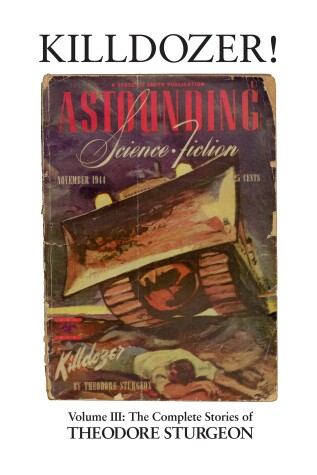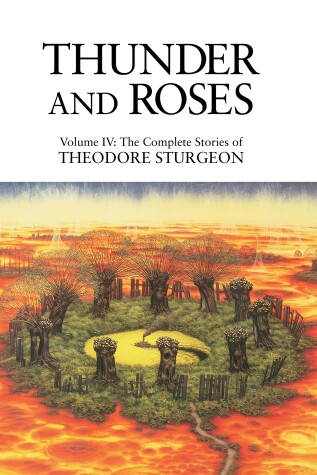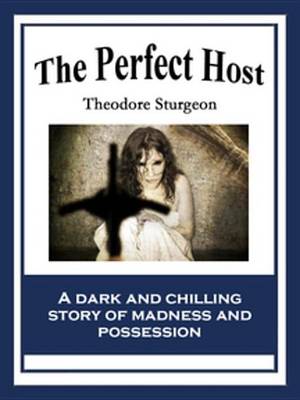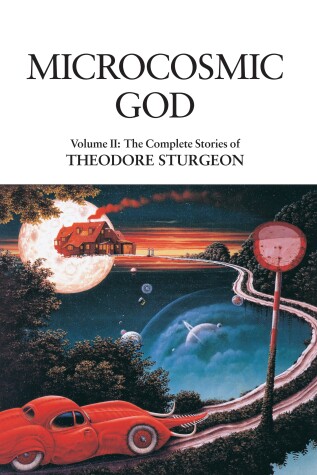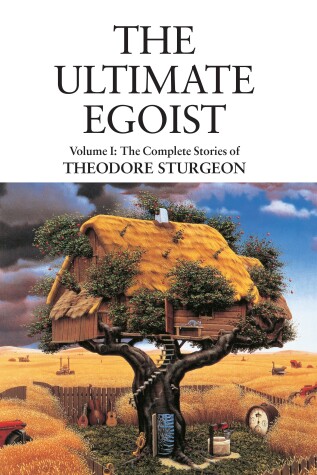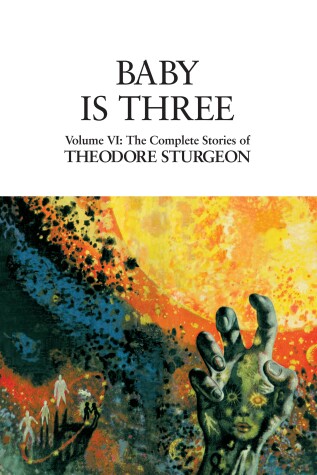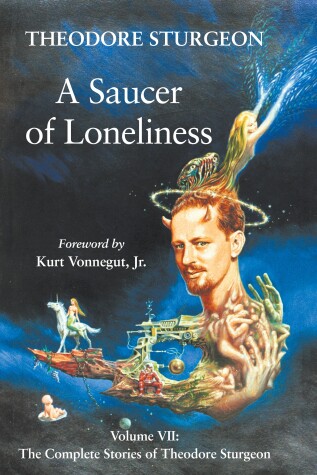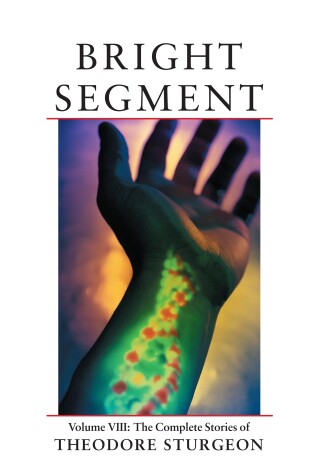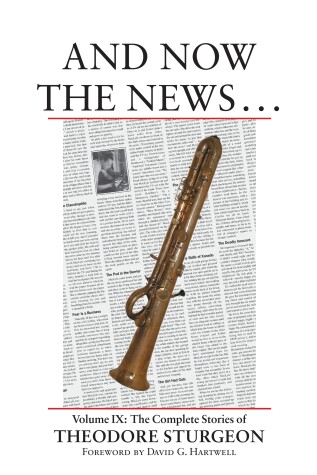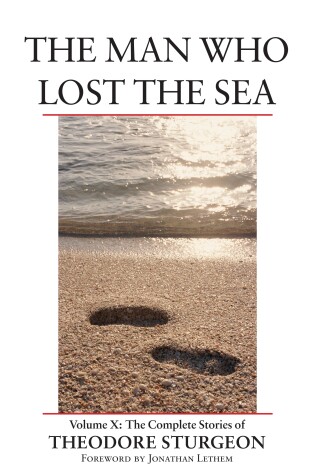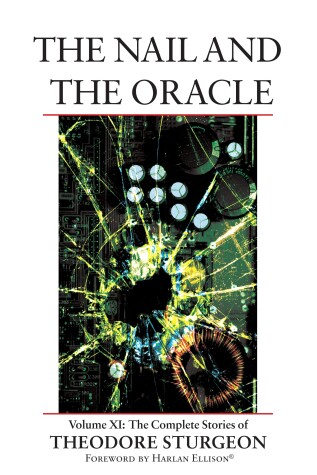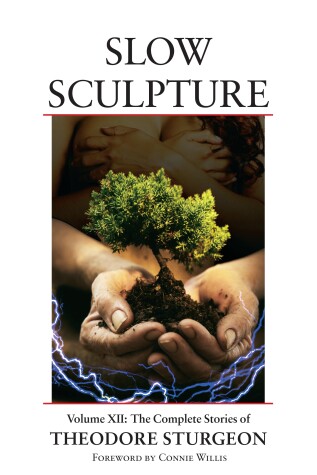The complete stories of Theodore Sturgeon
13 primary works • 14 total works
Book 1
Killdozer! is the third volume of a series of the complete short stories from Theodore Sturgeon’s career. It contains a few of his best and most famous short stories, including “Medusa”, “Killdozer!”, and “Mewhu's Jet”.
The series editor Paul Williams has dug into the background of each story, and come up with a lot of interesting lore about Sturgeon. Especially of interest in this volume is the alternative original ending to “Mewhu's Jet.”
Book 2
Book 3
Book 4
Book 5
Although Theodore Sturgeon's reach was limited to the lengths of the short story and novelette, his influence was strongly felt by even the most original science fiction stylists—including Ray Bradbury, Arthur C. Clarke, and Gene Wolfe. Written from 1937 to 1940, the stories here showcase Sturgeon's masterful knack for clever, O. Henry-ish plot twists, sparkling character development, and almost archetypal, “Why didn't I think of that?” story ideas. Early Sturgeon masterpieces include “It,” a story about the violence done by a creature spontaneously born from garbage and mud, and “Helix the Cat,” about an inventor's bizarre encounter with a disembodied soul and the cat that saves it.
Featuring more than forty stories, The Ultimate Egoist is a timelessly entertaining tour through the early career and unique genius of this legend of science fiction.
Book 6
Book 7
Book 8
Book 9
Book 10
Book 11
Book 12
This twelfth volume of North Atlantic’s ambitious series reprinting his complete short stories includes classic works such as the award-winning title story, which won both the Hugo and Nebula Awards in 1971, as well as “Case and the Dreamer,” a well-crafted tale of an encounter with a trans-spatial being that is also a meditation on love, and “The [Widget], the [Wadget], and Boff,” a creative exploration of the human ability to achieve self-realization in response to crisis. The book includes a new Foreword, an illuminating section of Story Notes, and a comprehensive index for the entire series.
Book 13
Case and the Dreamer displays Sturgeon’s gifts at their peak. The book brings together his last stories, written between 1972 and 1983. They include “The Country of Afterward,” a sexually explicit story Sturgeon had been unable to write earlier in his career, and the title story, about an encounter with a transpatial being that is also a meditation on love. Several previously unpublished stories are included, as well as his final one, “Grizzly,” a poignant take on the lung disease that killed him two years later. Noted critic and anthologist Paul Williams contextualizes Sturgeon as both man and artist in an illuminating afterword, and the book includes an index to the stories in all thirteen volumes.
v. 2
